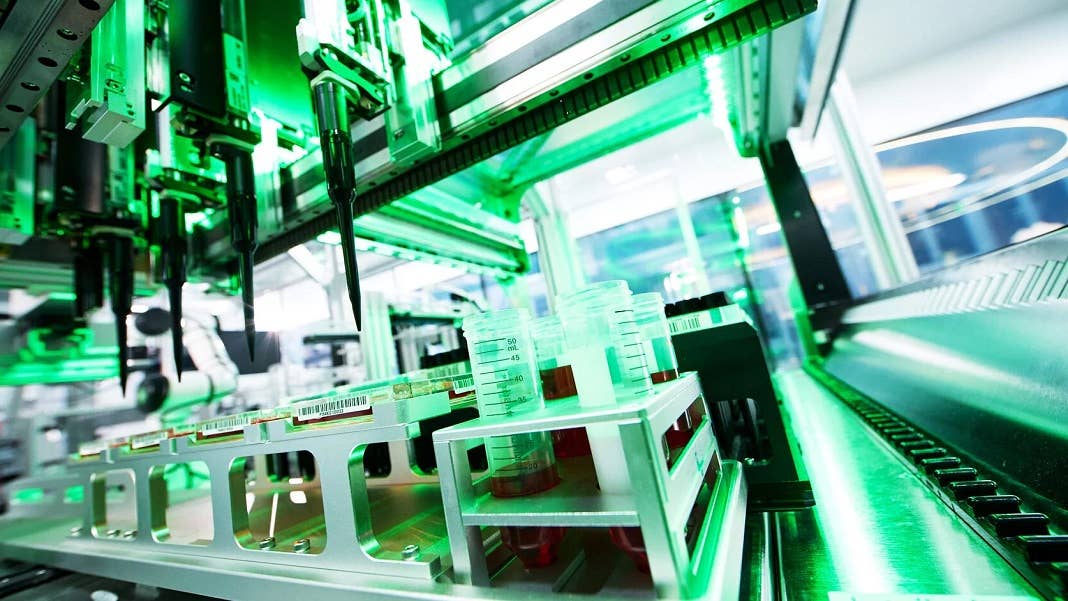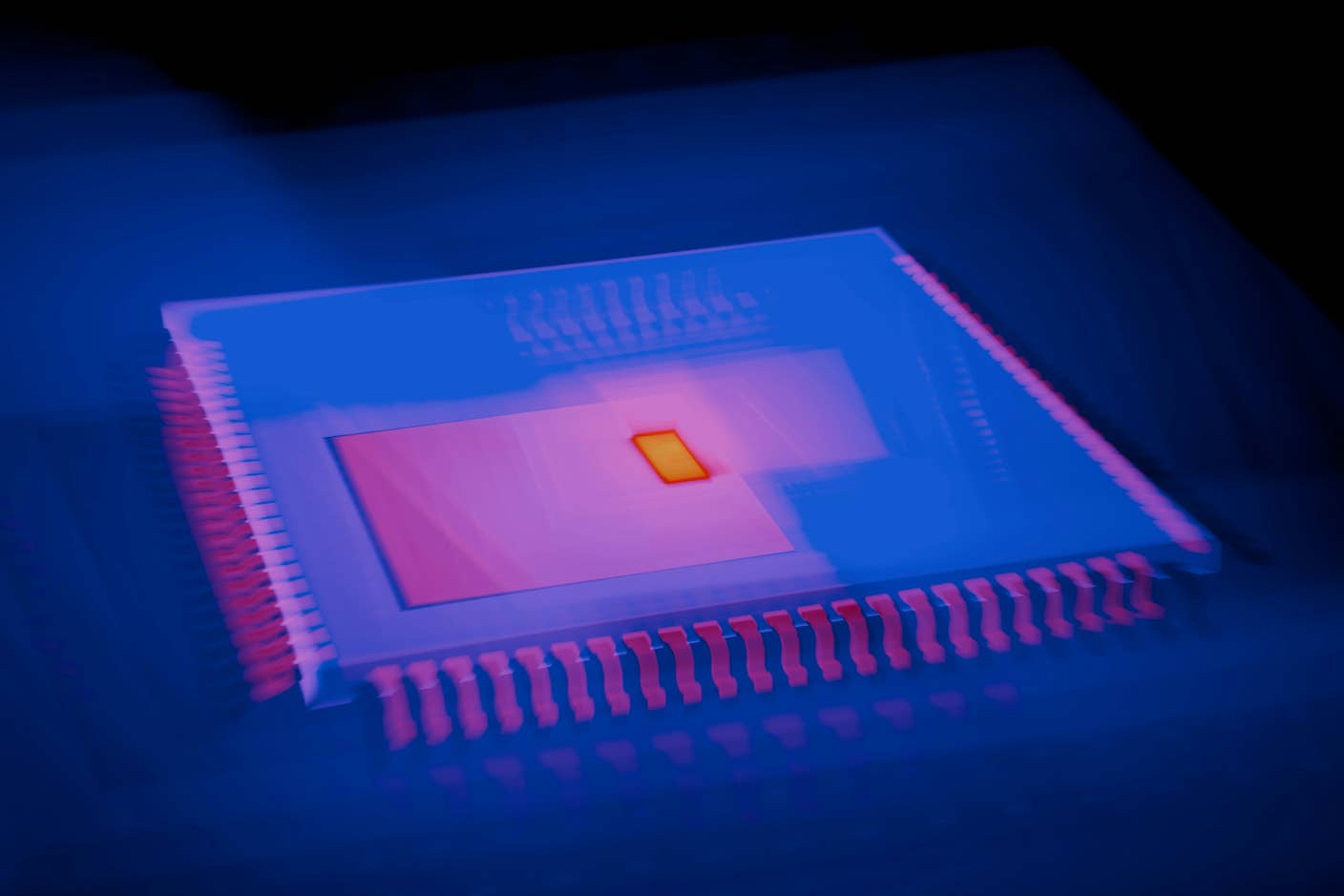In a First, an AI-Designed Drug Is Being Tested in Humans to See if It Actually Works

Share
Four years ago, biotech company Insilico Medicine used AI to design a molecule targeting a protein involved in fibrosis in just 46 days. It was a proof of concept, as multiple effective drugs already existed for the protein, giving the company a wealth of data to train their AI with. But they’ve made quick progress since then. This week the company started Phase 2 clinical trials in humans for a drug discovered and designed by AI. It’s a first for the pharmaceutical industry, and hopefully heralds a future where drug discovery is faster, cheaper, and better than it’s been for the last several decades.
Drug discovery has historically been a tedious, slow, expensive process. Researchers first have to figure out what causes a given disease, usually identifying a protein as the culprit. They then sift through tens of thousands of candidate compounds that could target that protein, coming up with a handful that seem promising to synthesize. Of these, a few move on to further research, and fewer still make it to human clinical trials.
Out of more than a million screened molecules, on average just one makes it to late stage clinical trials and ends up getting approved for use. To get from discovery to approval takes 12 to 15 years and an investment of around $1 billion.
Insilico appears to have disrupted these norms. Its drug candidate for idiopathic pulmonary fibrosis—a chronic condition where the lungs become scarred and it’s hard to breathe—took just a third of the usual time and a tenth of the usual cost to develop thanks to the company’s technology. It uses two different forms of AI.
The first is a generative adversarial network, or GAN. In this kind of algorithm, two neural networks face off against each other. One generates output while the other judges whether that output is true or false. Together, the networks generate new objects like text or images—or in this case, chemical structures of small molecules.
Insilico’s platform also uses reinforcement learning, a type of machine learning that enables a system to learn by trial and error using feedback from its own actions. Reinforcement learning has been central to recent advances in game-playing AI.
Be Part of the Future
Sign up to receive top stories about groundbreaking technologies and visionary thinkers from SingularityHub.


One of the drugs the company developed with its platform is called INS018_055. It’s an anti-fibrotic small molecule inhibitor, meaning it slows down the pace of tissue thickening and scarring, in this case in patients’ lungs. Insilico is recruiting 60 patients with idiopathic pulmonary fibrosis (IPF) in China and the US, who will take a 12-week dose of the drug. About five million people suffer from IPF worldwide, and once diagnosed with the disease people tend to live just three to four more years.
Insilico has used its technology to discover 12 pre-clinical drug candidates. Three of these have advanced to clinical trials, but INS018_055 is the first to make it to Phase 2 trials. The purpose of Phase 2 trials is to test safety and determine whether the drug works (Phase 1 is to learn about its safety and side effects, and Phase 3 is to test side effects and see how much it improves the condition in a larger population).
This is just the beginning—for Insilico and AI drug discovery generally. According to a report put together by Morgan Stanley, AI tools could help develop 50 new drugs worth potentially $50 billion over the next decade. “For Insilico, [the clinical trial] is the moment of truth,” the company’s founder and CEO, Alex Zhavoronkov, told the Financial Times. “But it is also a true test for AI and the entire industry should be watching.”
Image Credit: Insilico Medicine
Vanessa has been writing about science and technology for eight years and was senior editor at SingularityHub. She's interested in biotechnology and genetic engineering, the nitty-gritty of the renewable energy transition, the roles technology and science play in geopolitics and international development, and countless other topics.
Related Articles

This Light-Powered AI Chip Is 100x Faster Than a Top Nvidia GPU

New Gene Drive Stops the Spread of Malaria—Without Killing Any Mosquitoes

Hugging Face Says AI Models With Reasoning Use 30x More Energy on Average
What we’re reading